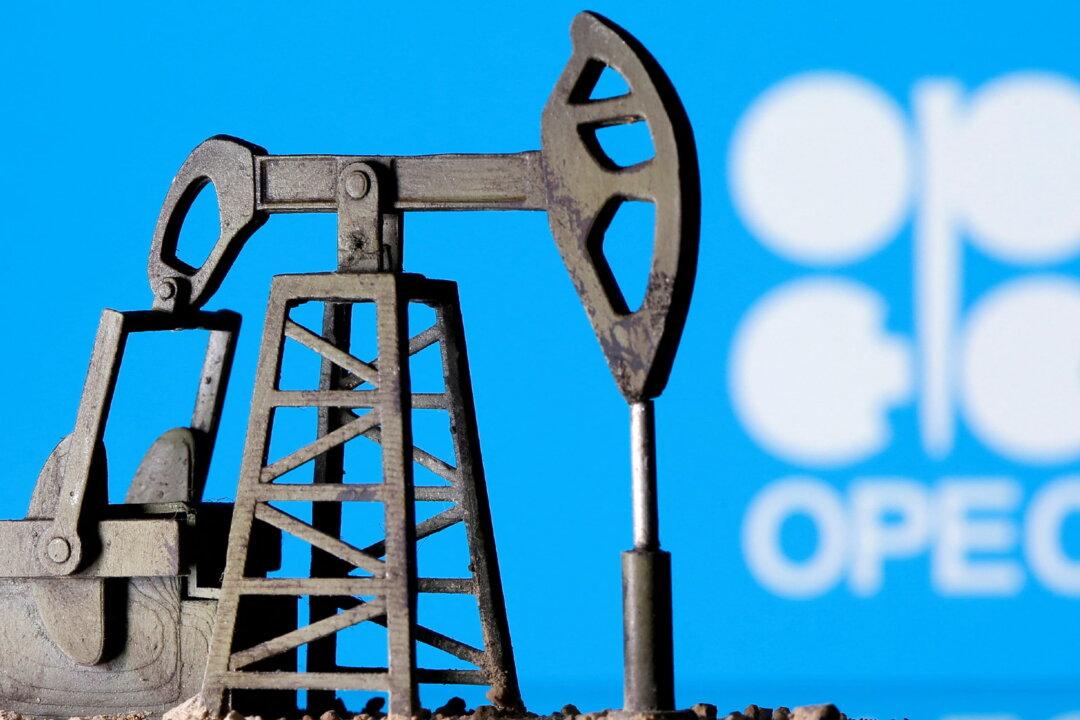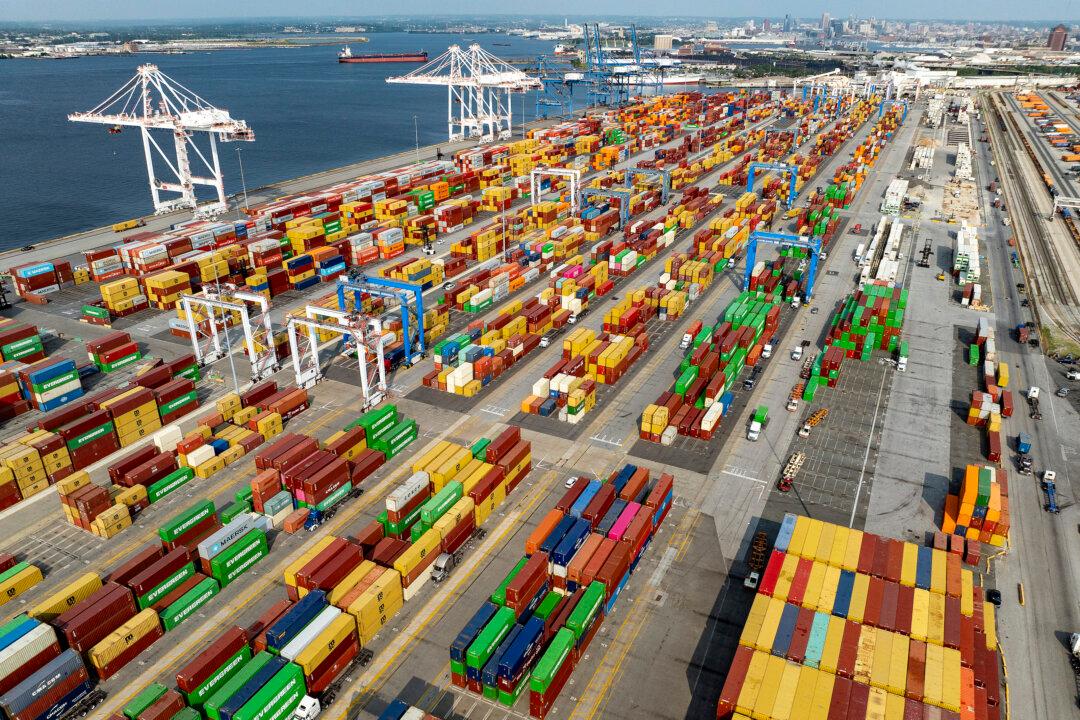Commentary
In the past three months, oil prices have corrected dramatically as global oil demand has eased and concerns about a Chinese slowdown have added to a possible European recession. The picture of demand growth may be weakening, but the global supply-demand balance remains tight, and years of underinvestment may bring elevated oil prices for longer.





